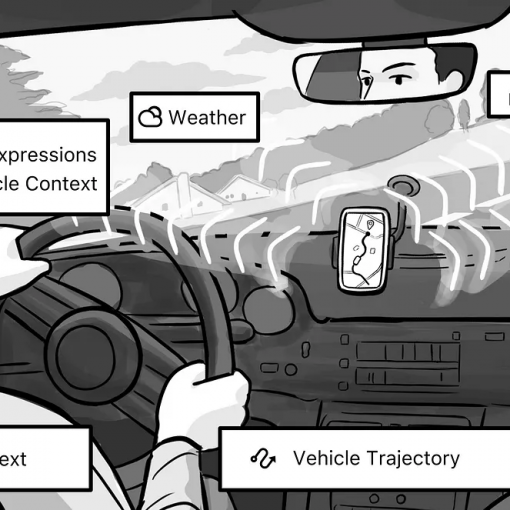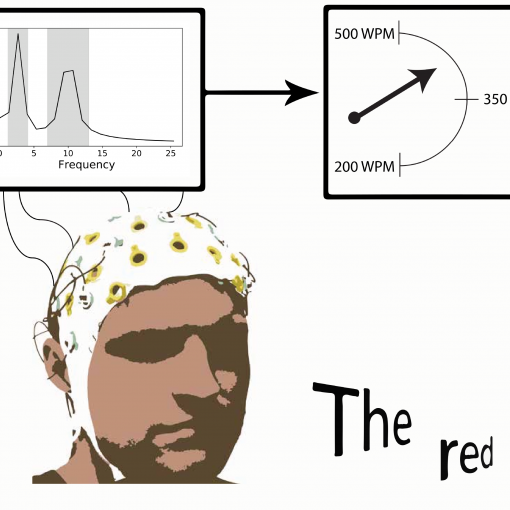Virtual conferences became a prominent platform for academic exchange during the COVID-19 pandemic. Most of them utilized traditional video conferencing tools, such as Zoom, to stream paper presentations, posters, and demos with subsequent Q&A sessions. While virtual conferences helped us to maintain the scientific exchange between our colleagues, the interaction (e.g., social events, Q&A sessions) is different compared to the physical counterparts that fostered a lively discussion culture. Meeting with colleagues we usually met at a conference was suddenly only one mouse-click away, leading to a larger acceptance of remote meetings. I had the pleasure to co-organize and visit several conferences in the past six months and would like to briefly explain how they were organized:
Augmented Humans 2020 (AHs) (ca. 80 – 100 attendees, https://2020.augmented-humans.org)
Initially planned as a physical conference in Kaiserslautern, we changed our plans to run the Augmented Humans conference remotely pretty last-minute (a great shoutout to the AHs 2020 team for their great efforts that led to a successful conference). We asked for either a video or a live presentation for each submission. We used Zoom as a remote conferencing tool for streaming via screen share and a subsequent Q&A after each talk. This came close to a regular conference experience when viewing talks, but as expected, lack of interaction between the participants that would be experienced during a physical conference.
The GermanCHI Event (ca. 100 – 150 attendees, https://www.germanhci.de/events/2020-virtual-chi)
The GermanCHI event was organized after the cancellation of the CHI 2020 conference to foster research discussion within the central European HCI community. Prerecorded videos (ca. three-minute length for papers, one minute for posters) were played in thematically appropriate sessions in a row. Zoom was used for a Q&A that was chaired by two experts in the field. All speakers were available for a panel discussion afterward, leading to a get-together of authors that work on similar topics and getting to know the experts in the field. Mozilla Hubs was used for social activities after the panel sessions.
Mensch und Computer 2020 (MuC) (ca. 740 – 780 attendees, https://muc2020.mensch-und-computer.de)
Mensch und Computer is the largest annual German HCI conference. Talks were streamed on Youtube using pre-recorded videos and the authors were available in-person for a live Q&A after each talk, similar to a typical conference. Social exchanges were organized via Discord and Miro. The videos are published on Youtube and can be viewed here.
International Conference on Knowledge Discovery and Data Mining (KDD) (ca. 3950 attendees, https://www.kdd.org/kdd2020)
The International Conference on Knowledge Discovery and Data Mining (KDD) was an exciting venue I could visit since it is hosting a large number of participants and various presentation formats (e.g., Paper, Demos, Posters, Workshops, Tutorials, etc.). KDD used vFairs as a virtual-navigation platform in which attendees could navigate around a virtual conference center, visit booths, or view the agenda. Whova was used to stream or play (past) sessions. Zoom was integrated into Whova for the Q&A.
So what now? Will virtual conferences become a new standard?
This question is not easy to answer since both options provide, partly mutually exclusive, advantages. I believe that the option of virtual attendance will increase the visibility of the work in our field. Participants who were previously not able to attend conferences due to logistical circumstances are now empowered to do so. Also, think about all the CO2 that can be saved ;). However, social interactions, opportunities to meet new people from the field (especially fresh-starting Ph.D. students), and sparkling discussions during talks and workshops are something I would preferably miss. New innovations that result in exciting research might be at stake here. Some conferences think about running a hybrid conference model that includes physical and virtual participation. Aspects, such as discussion culture, time zones, participation, equity/inclusion, and accessibility have to be kept in mind when running hybrid conference models. Time will tell how hybrid conference models will perform. I’ll follow up with a blog post as soon as I receive the opportunity to attend one.



